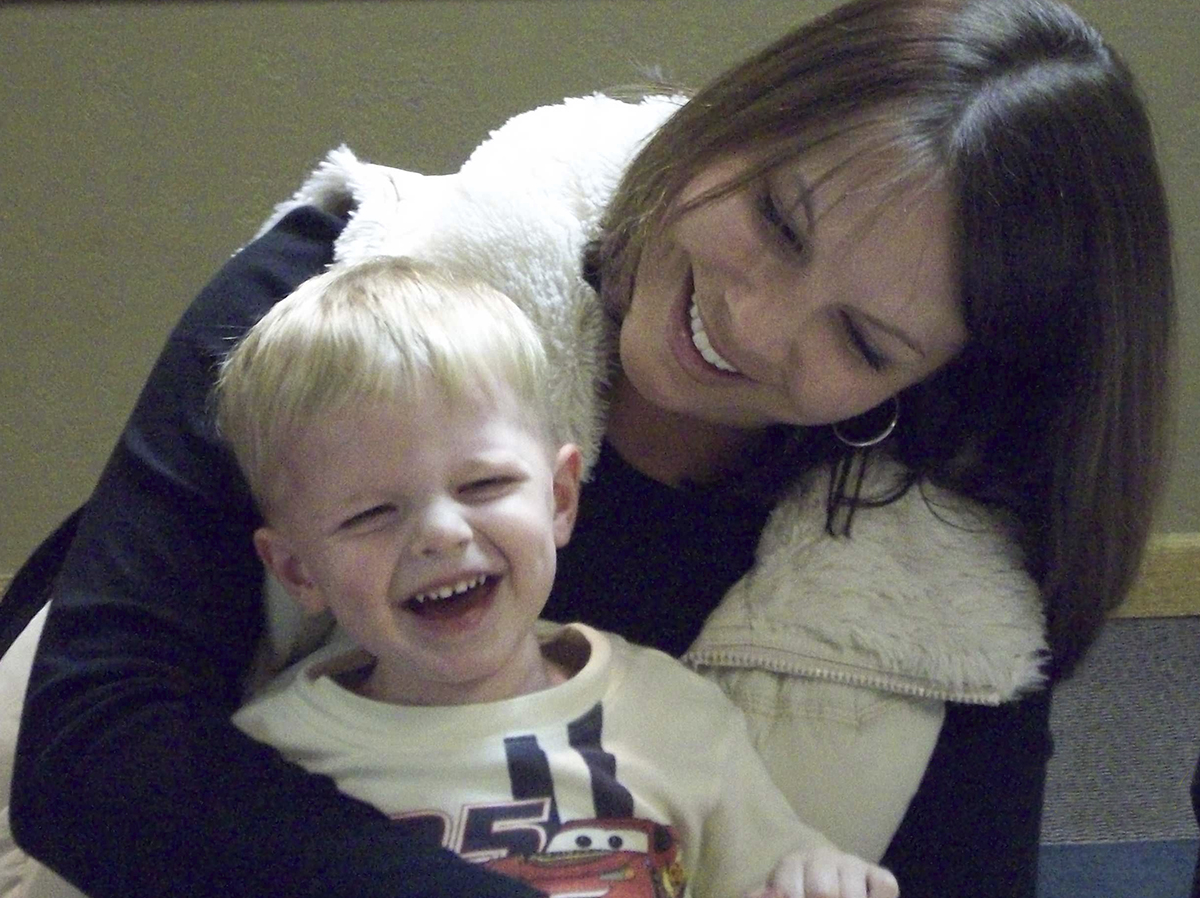
By Lee Sherry, Extension Educator, Madison Co.
Something special happens when people laugh together over something genuinely funny and not hurtful to anyone. It’s like magic, creating the feelings of safety and belonging to a group. It’s important to remember that humor isn’t a science. Humor is intuitive and spontaneous. You can’t really teach people to be funny in an appropriate way. Nor can you train them to laugh on cue. But you CAN prepare the ground, plant the seeds and provide opportunities. It is possible to create the kind of environment in which healthy humor has a chance to grow.
Humor appreciation does not appear to have a genetic basis (Martin, 1998) but because the humor response does seem to be an in-born social phenomenon (Chapman, 1973 and 1979), there is evidence that humor can be encouraged and taught. Carson et al. (1986) discuss humor as a function of learned, communicative abilities. Positive reinforcement of humor increases its use (Ziv, 1981b – cit. by Nevo et al., 1998).
Humor is really just another form of COMMUNICATION. It’s part of our communication skills set. Children need to be allowed and encouraged to be funny, in his or her own way. Laughter can unite groups. Laughter not only creates a shared experience in the moment, but it also creates a memory to recollect and laugh at over and over.
It’s never too early to start developing a child’s sense of humor. Babies’ smiles and laughs are so delightful that we often do this intuitively — smiling, or tickling them many times a day just to hear a chuckle. Babies don’t really understand humor, but they do know when you’re smiling and happy. When you make funny noises or faces and then laugh or smile, the baby is likely to sense your joy and imitate you. He or she is also highly responsive to physical stimuli, like tickling.
Sometime between 9 and 15 months, babies know enough about the world to understand that when you quack like a duck, you are doing something unexpected — and that it’s funny.
Toddlers appreciate physical humor, especially the kind with an element of surprise (like peek-a-boo). One of the best ways to do this is to spend time every day being receptive to the many opportunities each child gives you to smile or laugh. As children develop language skills, they’ll find rhymes and nonsense words funny and this continues into the preschool years.
TIPS FOR CHILDCARE PROVIDERS AND TEACHERS
As preschoolers explore their world, they are more likely to find humor in a picture with something out of whack like a car with square wheels or a pig wearing sunglasses than a joke or pun. Incongruity between pictures and sounds (a horse that says moo) is also funny. As they become more aware of bodily functions, preschoolers often start delighting in bathroom humor. Preschoolers have difficulty determining when using bathroom humor is appropriate, so you might set guidelines for your classroom.
Kindergartners find basic wordplay, exaggeration and slapstick funny. They have discovered the pleasure of telling simple jokes (especially knock knock…), it is fun to be the one who knows the punchline! Jokes are repeated over and over. Older grade-schoolers have a better grasp of what words mean and are able to play with them — they like puns, riddles and other forms of wordplay. Also, be game enough to laugh so the jokes don’t fall flat.
It’s important to keep encouraging humor development as children grow. When you’re playful and humorous with a child, delighting in silliness and laughter, you help him or her develop a playful and humorous attitude about life. Be spontaneous, playful and aware of what each child finds funny at different ages.
Add humor to your curriculum by starting with a “Funny Day.” By creating a day focusing on humor, you can build on that day’s experience to build humor into your daily curriculum. Invite everyone to dress in funny costumes to begin the humor day. Create a humor-rich environment. Surround the children with funny pictures on the wall, and funny books — for toddlers and preschoolers, these include picture books or nonsense rhymes; older kids will love joke books and comics. Also check YouTube for funny songs, rhymes and finger plays you can teach the children. Create funny games and use large motor skills. In your art center, have children draw or paint funny pictures of their pets.
The teacher should be the humor model and set the tone for the day. One of the best things you can do to develop each child’s sense of humor is to use your own. Tell jokes and stories. LAUGH OUT LOUD! Take each child’s humor seriously. Encourage the child’s attempts at humor, whether it’s reading (potentially unfunny) jokes from a book or drawing “funny” pictures. Praise your child for trying to be funny.
The more you incorporate humor into your classroom, the easier it will be to use. Make humor a part of your day-to-day interactions with each child and encourage them to share funny observations or reactions.